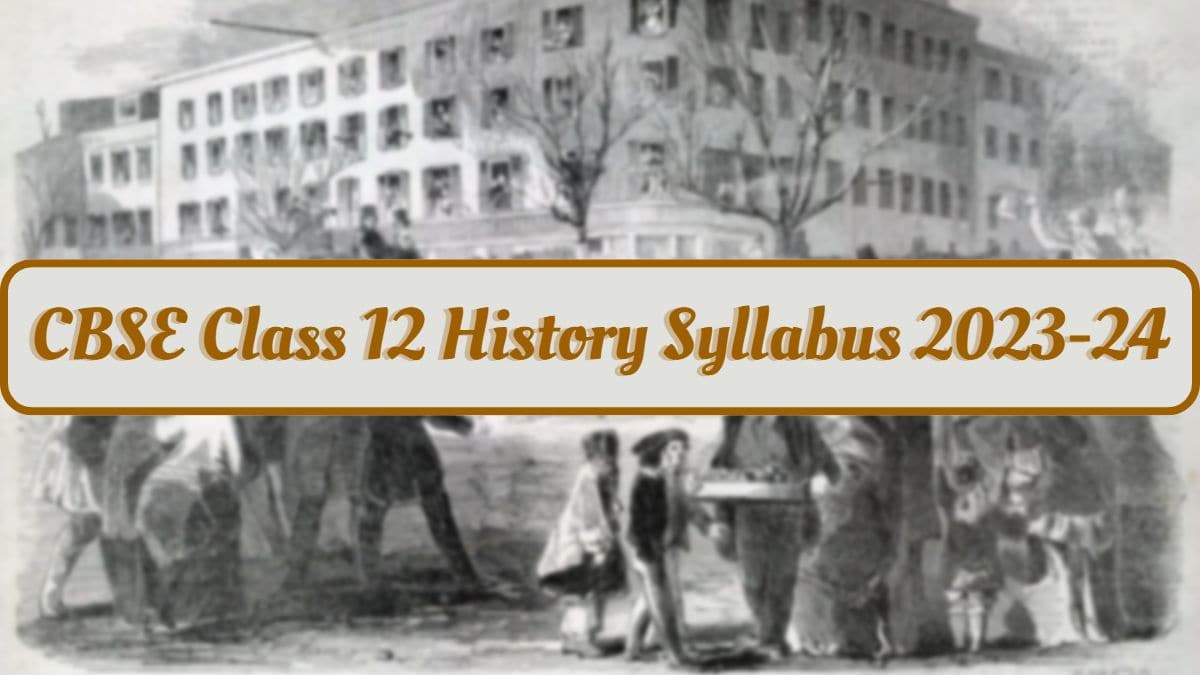Jagran Josh
Theme No. and Title
Learning outcome with specific competencies
Themes in Indian History Part—I
1
BRICKS, BEADS AND
BONES The Harappan
Civilisation
To investigate, explore and interpret the early urban centres and social institutions.
State and deduce the multi- lateral aspects of Harappan civilization to understand the first civilization of the world.
Investigate and interpret historical and contemporary sources and viewpoints of ASI and historians on Harappa.
2
KINGS, FARMERS AND TOWNS: Early States andEconomies (c.600 BCE 600 CE)
To critically evaluate and interpret major trends in the political and economic history of the subcontinent.
Decode inscriptional evidence.
Analyse inscriptional evidences and the ways in which these have shaped the understanding of political and economic processes
3
KINSHIP, CASTE AND CLASS, Early Societies (c. 600 BCE600 CE)
To examine, analyse the issues of social history.
Analyse social norms in order to understand the perspectives of society given in the scriptures of ancient India.
Examine the varied dimensions explored by historians in order to understand the dynamic approach of Mahabharata..
4
THINKERS, BELIEFS AND BUILDINGS Cultural Development (c. 600 BCE600 CE)
To infer and compare the major religious developments in early India.
Elucidate the rich religious sculpture and infer the stories hidden in it.
To create a picture album of the Buddhist sculpture
Themes in Indian History Part—II
5
THROUGH THE EYES OF TRAVELLERS Perceptions of Society (c. tenth to seventeenth centuries)
To understand salient features of social histories described by the travellers and apply the learning in real life.
Elucidating the accounts of foreign travellers in order to understand the social political and economic life during the tenure of different rulers in the medieval period.
Compare and contrast the perspectives of Al Biruni, Ibn Battuta and Bernier towards Indian society.
6
BHAKTI –SUFI TRADITIONS Changes in Religious Beliefs and Devotional Texts (c. eighth to eighteenth centuries)
Understand the religious developments.
Summarize the philosophies of different Bhakti and SufI saints to understand the religious developments during medieval period.
Comprehend the religious movement in order to establish unity, peace harmony and brotherhood in society
7
AN IMPERIAL CAPITAL: VIJAYANAGARA (c. fourteenth to sixteenth centuries
Students will be able to Classify the distinctive architectural contributions of the Vijayanagar empire to comprehend the richness of mingled cultures of deccan India.
Analyse accounts of foreign traveller’s on Vijayanagar in order to interpret political, social and cultural life of the city.
Assess and appreciate the city planning, water management system, administration of the rulers
8
PEASANTS, ZAMINDARS AND THE STATE Agrarian Society and the Mughal Empire (c. sixteenth seventeenth centuries)
Comprehend the facets of agrarian developments in order to understand the relationship between the state and the agriculture during Mughal period.
Compare and contrast the agrarian changes occurred during sixteenth and seventeenth centuries.
Make a table and bring out the differences in the agrarian sector.
Themes in Indian History Part—III
09
COLONIALISM AND THE COUNTRYSIDE Exploring Official Archives
Evaluate the revenue systems introduced by the British to understand the economic aspects of colonization in India.
Analyse the colonial official records & reports to understand the divergent interest of British and Indians.
Find solution to be taken to protect the peasants and artisans in this century
10
REBELS AND THE RAJ: 1857 Revolt and its Representations
To examine the events of 1857.
Correlate the Planning and coordination of the rebels of 1857 to infer its domains and nature.
Examine the momentum of the revolt to understand its spread.
Analyse how revolt created vision of unity amongst Indians.
Interpret visual images to understand the emotions portrayed by the nationalist and British.
11
MAHATMA GANDHI AND THE NATIONALIST MOVEMENT Civil Disobedience and Beyond
Understand the nationalist movement in chronological order.
Correlate the significant elements of the nationalist movement and the nature of ideas, individuals, and institutions under the Gandhian leadership.
Debate on the significant contributions of Gandhi to understand his mass appeal for nationalism.
Explore the ways of interpreting historical source such as newspapers, biographies and auto- biographies diaries and letters
12
FRAMING THE CONSTITUTION
The Beginning of a New Era
Highlight the role of Constituent Assembly to understand functionaries in framing the constitution of India.
Analyse how debates and discussions around important issues in the Constituent Assembly shaped our Constitution
Note: This is not an exhaustive list. For reflective teaching- learning process, explicit Learning Objectives and Outcomes can be added by teachers during the course-delivery for student’s real learning
#CBSE #Class #History #Syllabus #Download #PDF
